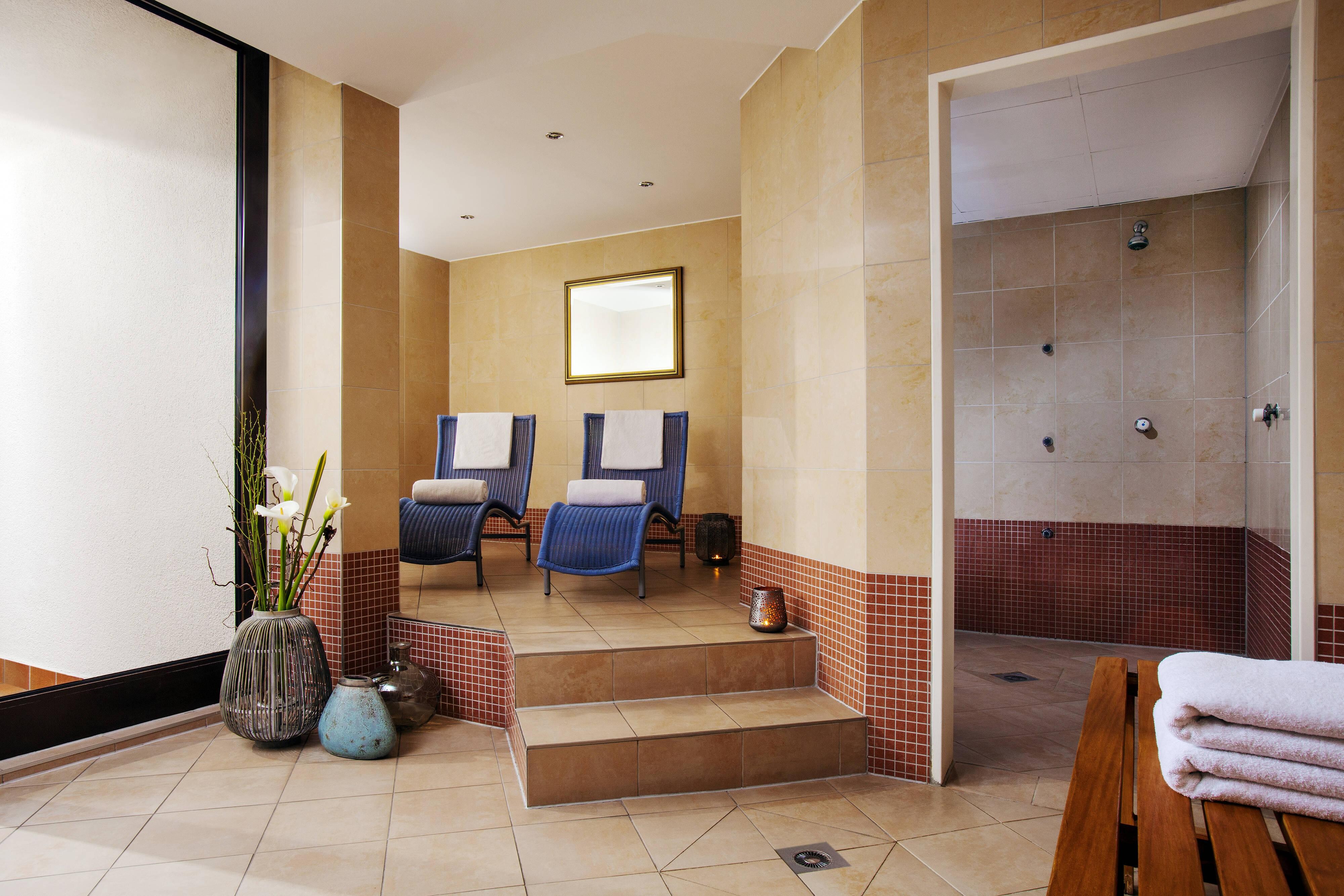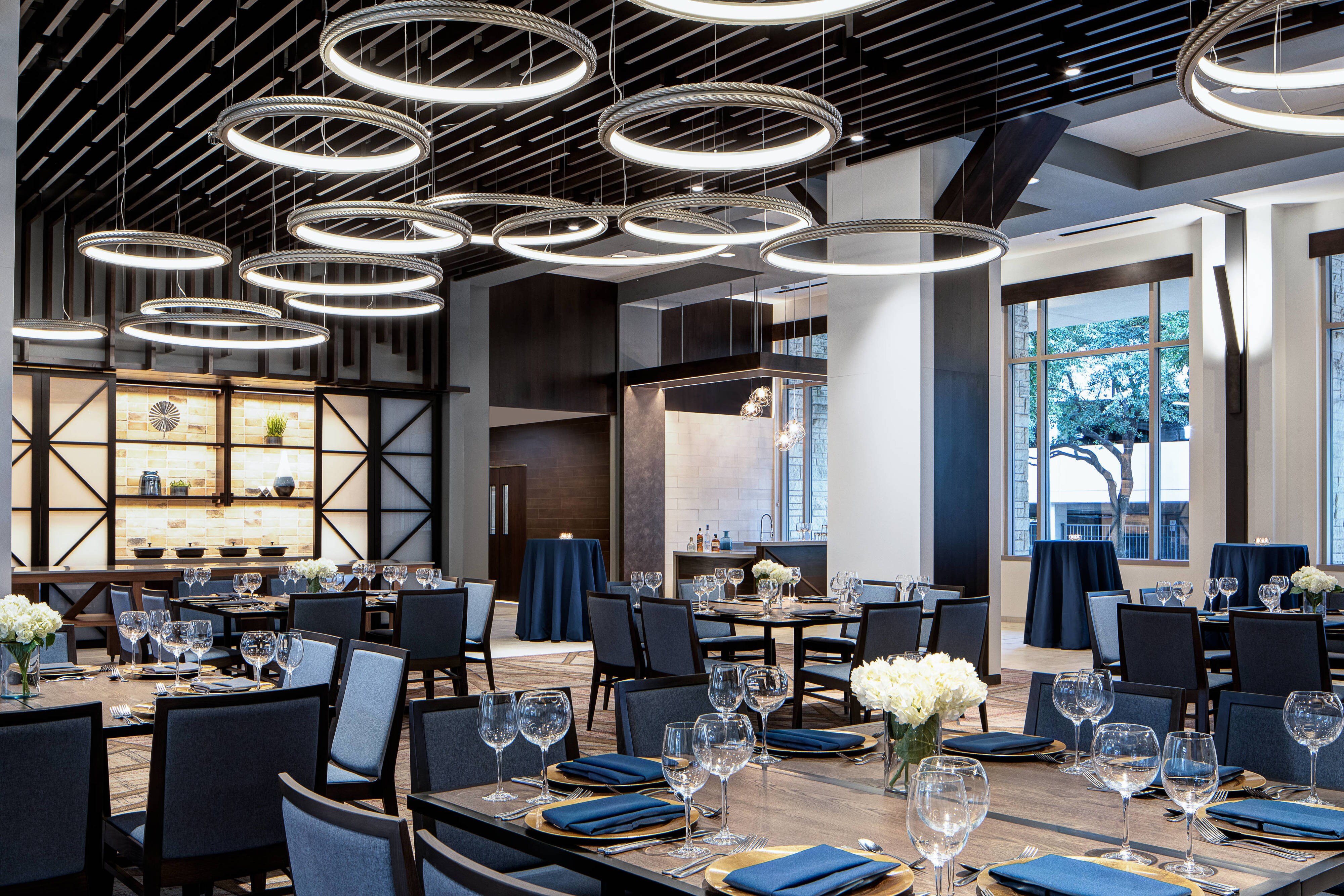Hotel furniture refers to the medium and large-sized fixtures (excluding home appliances) used within and around hotel rooms, serving as essential facilities that create specific value in the environment. The development of hotel furniture is related to various comprehensive factors, including historical context, regional conditions, lifestyle concepts, and aesthetic trends. Traditional hotel furniture in China and the West has achieved remarkable accomplishments under different historical conditions. Since the modern design movement began nearly a century ago, continuous advancements in materials and manufacturing technology, along with the evolving concepts of lifestyle and aesthetics, have led to unprecedented development in hotel furniture design and the creative space for furniture.

The concept of creative design in hotel furniture refers to the process of designing hotel furniture with full consideration of the usage relationships within the indoor environment. The design of hotel furniture can only achieve the best standards when it integrates seamlessly with its surroundings. The style, material, and details of the furniture not only determine its aesthetic and value but also influence the aesthetic and style of the space it occupies. In a hotel room, the addition of a few pieces of furniture essentially establishes the overall mood of the environment. By complementing the main style with appropriate decorative items, a harmonious and tasteful space can be created. Conversely, furniture is also a component of the overall environmental design.

Furniture design should be evaluated within a certain context. Different environments require different furniture shapes. Furniture design should align with architectural and interior design, achieving a unity of form and function within the space. Therefore, the dimensions and scale of the furniture must correspond to the overall scale of the environment. This necessitates that designers possess a fundamental understanding of environmental concepts and scales, ensuring that the furniture matches its surroundings effectively.

As production technology improves, people’s demands for furniture, whether in terms of variety, style, or intrinsic quality, are increasing year by year. Furthermore, people’s aesthetic values are changing, gradually evolving from merely meeting functional requirements to accommodating cultural aesthetic connotations, pursuing individual expressions of beauty, and fully reflecting the integration of personal values within the residential environment. The gradual improvement in aesthetic sensibility and the pursuit of harmonious perfection is an objective trend that exists.

Furniture manufacturers should strive to think, explore, design, and create the furniture that people desire. Consequently, contemporary furniture design exhibits complexity and multi-dimensionality in conceptualization, significance, and methods, as well as intersections and integrations with interior environmental design. This requires furniture designers to have a clear understanding of the indoor spatial conditions during the conceptualization and design process, anticipating the future effects of the furniture arrangement to ensure that the furniture complements and harmonizes with the indoor environment.
